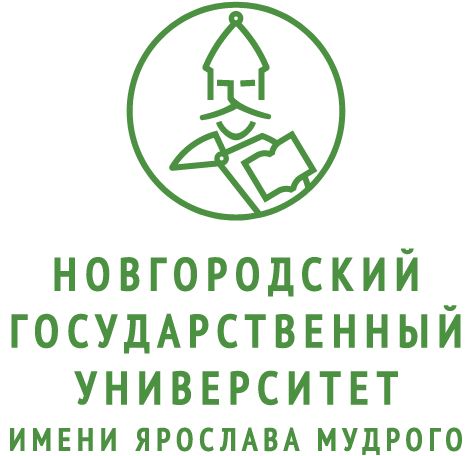Лингвокультурологическое комментирование онима как способ формирования лингвокраеведческой компетенции инофона
DOI:
https://doi.org/10.34680/VERBA-2022-1(3)-53-62Ключевые слова:
оним, лингвокультурологический комментарий, лингвокраеведческая компетенцияАннотация
Цель работы – рассмотрение этапов и особенностей составления учебных текстов, которые бы способствовали решению сразу двух задач – лингвистического образования в рамках предвузовского обучения и социокультурной адаптации инофонов к условиям жизни в новом регионе. В статье описываются особенности лингвокультурологического комментирования онима, которое, по мнению автора, должно строиться на основе семантического анализа имени и включать раскрытие сем как ядра структуры значения (денотат, референт, сигнификат), так и периферии, к которой относятся культурно-исторический, коммуникативно-ситуативный и эмоционально-оценочный компоненты. При этом подчеркивается, что само лингвокультурологическое описание в «чистом виде» не может стать объектом рассмотрения на занятии: работа в иноязычной аудитории требует упрощения синтаксических конструкций, подбора лексических единиц, соответствующих уровню владения языком студентов, использования внутритекстовых пояснений. Главными условиями отбора лексики для лингвокультурологического описания в рамках формирования лингвокраеведческой компетенции автор называет учет актуальности имени собственного, а также методическую целесообразность его использования на конкретном этапе обучения русскому языку как иностранному. В качестве примера в статье приведены два учебных текста – о Троицком соборе, главной святыне Псковской земли, и жизни А. С. Пушкина в Михайловском.
Скачивания
Загрузки
Опубликован
Как цитировать
Выпуск
Раздел
Лицензия
Copyright (c) 2022 Verba

Это произведение доступно по лицензии Creative Commons «Attribution-NonCommercial» («Атрибуция — Некоммерческое использование») 4.0 Всемирная.








